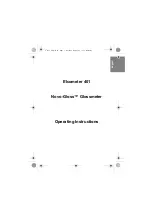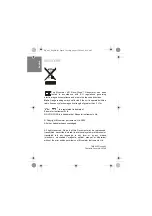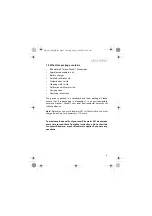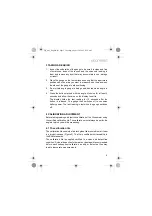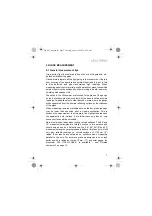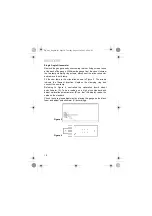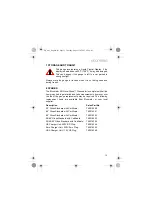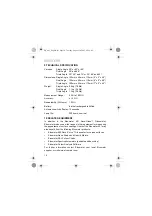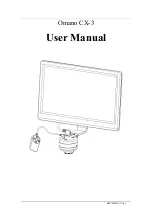
7
R
5 GLOSS MEASUREMENT
5.1 General measurement tips
It is important that the test area is free of dust, dirt, fingerprints, etc.,
as these will affect the gloss.
Glossmeters integrate all the light going to the receptor so if there is
poor covering of the aperture and ambient light is able to get in, this
is also detected and gives anomalous high readings. When
measuring translucent materials, such as plastic or glass, transmitted
ambient light must be excluded by either working in a dark room or by
shielding with opaque cloth.
The optics in the Glossmeter are focused to the plane of the gauge,
so the test surface must be in contact with the base to obtain accurate
readings. This applies also to silver-backed mirrors, where the gauge
will be separated from the primary reflecting surface by the thickness
of the glass.
When measuring textured materials such as leather, gloss readings
may be lower than expected after a visual examination. This is
because the measurement is an integral of the highlighted areas and
the apparently dark ‘valleys’. For similar reasons, gloss on very
uneven surfaces will be unreliable.
Care must also be taken when testing curved surfaces. The 85º and
75º measurement angles are totally unsuited to this purpose and
should only be used on flat surfaces. The 60º, 45º, 45º/0º and 20º
measurement angles get progressively better at this task but will still
only give reliable readings on curved surfaces of >125 mm (5")
radius. Best results are obtained on cylinders when measuring
parallel to the axis. For accurate gloss measurements on curved
surfaces with a radius as low as 12 mm (½") a special gauge, the
Elcometer 400 NOVO-CURVE, is available - see “Related
equipment” on page 14.
Op_401_English.fm Page 7 Tuesday, August 30, 2005 8:54 AM

